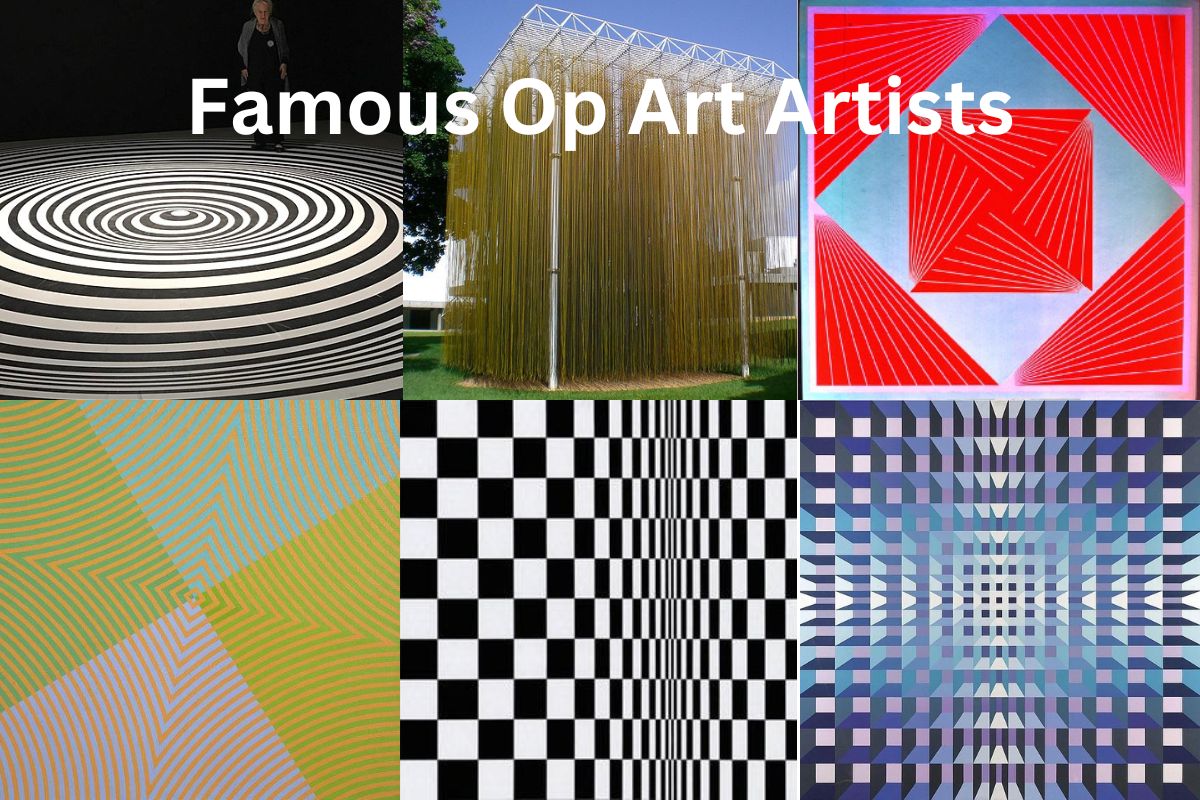Op Art, or Optical Art, is an art movement that emerged in the 1960s and is characterized by the use of geometric patterns, colors, and shapes to create optical illusions and visual effects.
Op Art artists sought to create works that engage and challenge the viewer’s perception, often creating the illusion of movement, depth, or three-dimensionality.
Some of the most famous Op Art artists include:
- Bridget Riley
- Victor Vasarely
- Jesús Rafael Soto
- Richard Anuszkiewicz
- Omar Rayo
Each of these artists has contributed to the development and evolution of the Op Art movement, exploring different techniques and approaches to creating visual effects through their art.
Famous Op Art Artists
1. Victor Vasarely
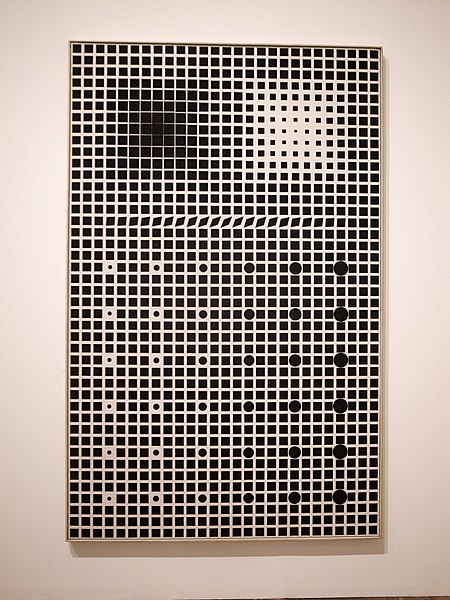
Victor Vasarely (1906-1997) was a Hungarian-French artist widely considered the father of the Op Art movement. Born in Hungary, Vasarely studied at the Budapest Academy of Fine Arts before moving to Paris in 1930. There, he worked as a graphic artist and advertising designer, creating posters and advertisements for various companies.
Vasarely’s interest in optical illusions and visual effects led him to experiment with geometric shapes and patterns, eventually leading to his signature style of Op Art.
His works often feature bold, bright colors and geometric shapes arranged in repetitive patterns that create the illusion of movement and depth.
One of Vasarely’s most famous works is “Zebra,” created in 1938, which features a black-and-white pattern of zigzagging lines that create the illusion of a three-dimensional object.
Another well-known work is “Vega-Nor,” a large-scale installation in the courtyard of the UNESCO headquarters in Paris.
Throughout his career, Vasarely created numerous paintings, sculptures, and installations, and his works are now part of the collections of major museums around the world. He continued to work and experiment with new techniques and styles until his death in 1997.
2. Bridget Riley
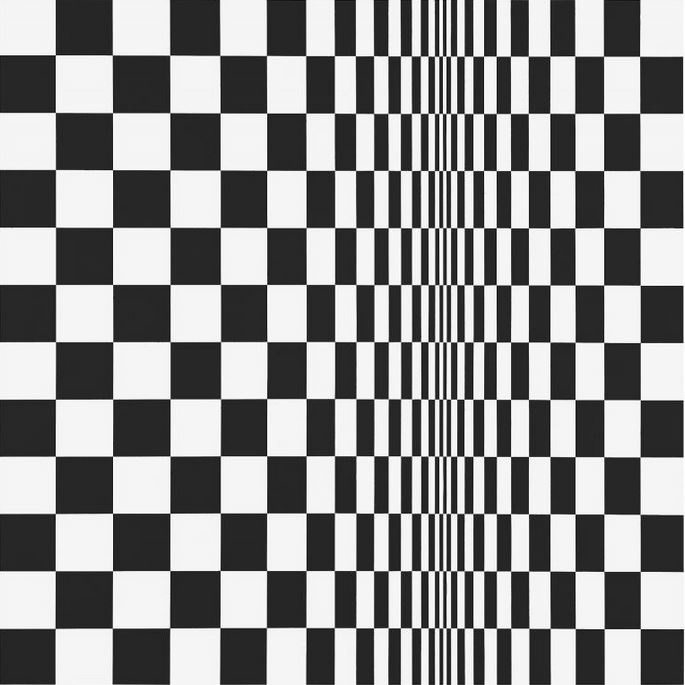
Bridget Riley (born 1931) is a British artist who is widely considered the queen of Op Art. She was born in London and studied at Goldsmiths College and the Royal College of Art.
Riley’s early works were inspired by the Pointillist paintings of Georges Seurat, and featured small, precise brushstrokes arranged in repetitive patterns.
However, in the 1960s, she began to experiment with black-and-white geometric shapes arranged in patterns that create the illusion of movement and depth. This led to her signature style of Op Art, which often features bold, bright colors and repetitive shapes arranged in complex patterns.
Some of Riley’s most famous works include “Movement in Squares” (1961), which features a grid of black and white squares that create the illusion of movement, and “Blaze 1” (1962), which features diagonal lines of red, pink, and black that appear to vibrate and pulsate.
Riley’s works have been exhibited in major museums around the world, and she has received numerous awards and honors for her contributions to the art world.
She continues to work and experiment with new techniques and styles, and her influence can be seen in the works of many contemporary artists.
3. Jesús Rafael Soto
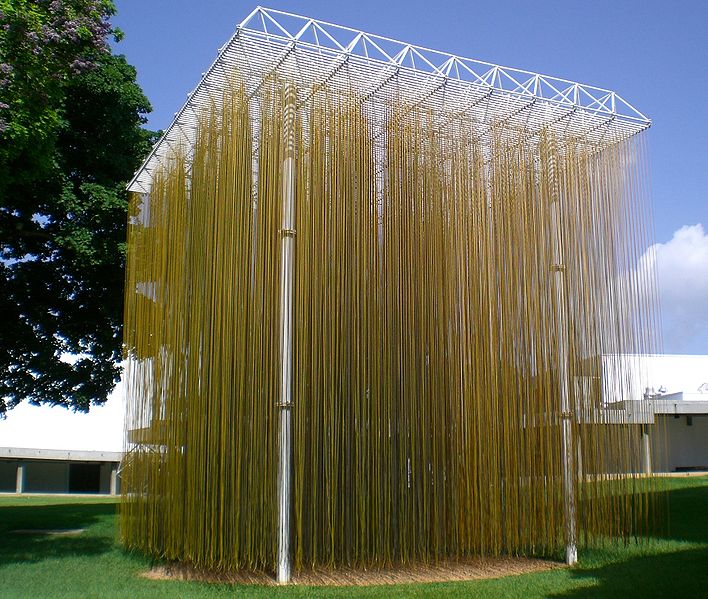
Jesús Rafael Soto (1923-2005) was a Venezuelan artist known for his immersive installations and sculptures that create optical illusions through the use of light and movement. He was born in Ciudad Bolívar, Venezuela and studied at the School of Fine Arts in Caracas.
Soto’s early works were influenced by the geometric abstraction movement, and featured flat shapes and patterns arranged in grids. However, in the 1950s, he began to experiment with three-dimensional forms, incorporating movement and optical effects into his works.
Soto’s most famous works are his “Penetrables,” large-scale installations made up of suspended wires or other materials that the viewer can walk through. These works create a sense of immersion and interaction, and are intended to engage the viewer’s senses and perceptions.
Other famous works by Soto include “Vibration,” a series of suspended metal plates that create the illusion of movement and “Chronochrome,” a kinetic sculpture that changes colors as it moves.
Soto’s works have been exhibited in major museums around the world, and he is considered one of the most important Latin American artists of the 20th century.
His influence can be seen in the works of many contemporary artists who continue to experiment with the use of movement and optical effects in their art.
4. Richard Anuszkiewicz
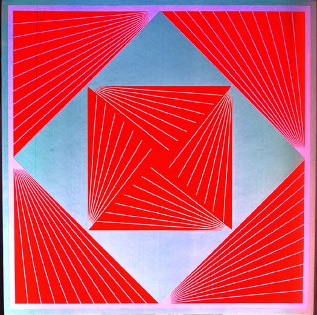
Richard Anuszkiewicz (1930-2020) was an American artist known for his use of contrasting colors and geometric shapes to create the illusion of depth and movement. He was born in Erie, Pennsylvania and studied at the Cleveland Institute of Art and the Yale University School of Art and Architecture.
Anuszkiewicz’s early works were inspired by the Color Field movement and featured large areas of flat color. However, in the 1960s, he began to experiment with Op Art, creating works that featured intricate geometric patterns and bright, contrasting colors arranged in complex arrangements.
Some of Anuszkiewicz’s most famous works include “Temple of the Sun” (1967), which features a circular pattern of bright, contrasting colors that create the illusion of a three-dimensional object, and “Square-Wheeled Triptych” (1963), which features three panels of overlapping geometric shapes that appear to move and shift as the viewer’s perspective changes.
Anuszkiewicz’s works have been exhibited in major museums around the world, and he is considered one of the leading figures of the Op Art movement.
His influence can be seen in the works of many contemporary artists who continue to explore the use of color and geometry in their art. Anuszkiewicz passed away in May 2020 at the age of 89.
5. Omar Rayo
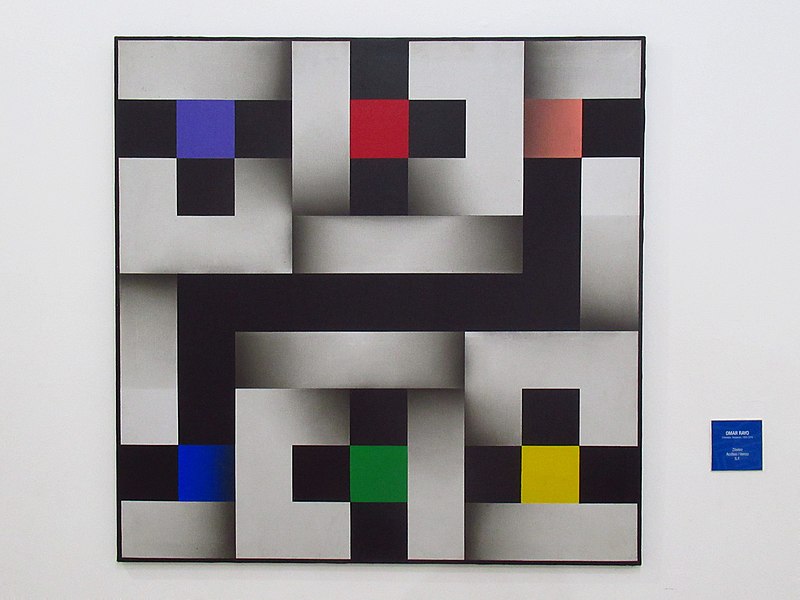
Omar Rayo (1928-2010) was a Colombian artist known for his use of geometric shapes and patterns in his paintings and sculptures. He was born in Roldanillo, Colombia, and studied at the School of Fine Arts in Bogotá.
Rayo’s works are characterized by their precise, intricate designs, often featuring geometric shapes arranged in repetitive patterns. He was particularly interested in the Golden Ratio, a mathematical ratio that appears frequently in nature, and used it as a basis for many of his compositions.
Some of Rayo’s most famous works include his series of “Tensograms,” which are flat, two-dimensional shapes made up of intersecting lines that create the illusion of three-dimensionality, and his series of “Rayogramas,” which are large-scale sculptures made up of flat, interlocking shapes.
Rayo’s works have been exhibited in major museums and galleries around the world, and he is considered one of the most important Latin American artists of the 20th century. He also founded the Rayo Museum, a museum dedicated to his works, in his hometown of Roldanillo. Rayo passed away in 2010 at the age of 82.
6. Jean-Pierre Yvaral
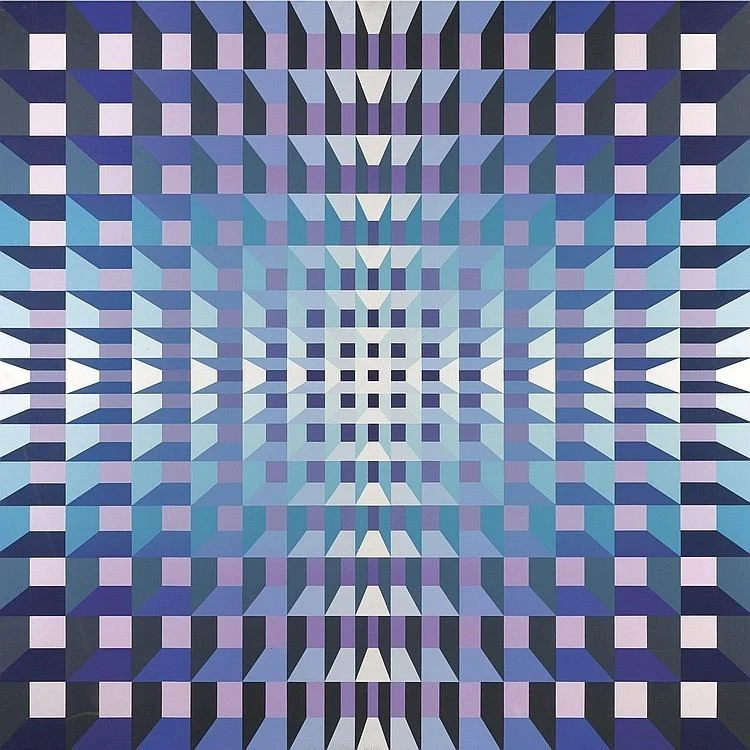
Jean-Pierre Yvaral (1934-2002) was a French artist and one of the pioneers of the Op Art movement. He was the son of the famous kinetic artist Victor Vasarely and was born in Paris.
Yvaral’s works often featured bold, contrasting colors and geometric shapes arranged in complex patterns. He was particularly interested in the use of computer technology in art, and his works often incorporated digital and mechanical elements.
Some of Yvaral’s most famous works include his “Chronochrome” series, which featured circular shapes made up of smaller, interlocking shapes that appear to vibrate and pulsate, and his “Luminograms,” which were created using computer algorithms to generate complex, geometric patterns.
Yvaral’s works have been exhibited in major museums around the world, and he is considered one of the leading figures of the Op Art movement. He continued to work and experiment with new techniques and styles until his death in 2002 at the age of 67.
7. Marina Apollonio
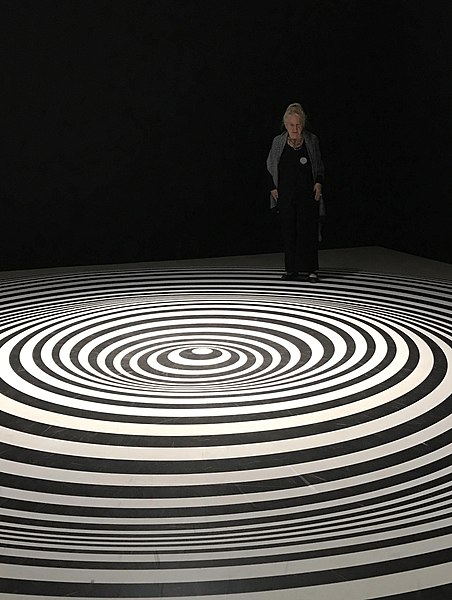
Marina Apollonio (1940-2015) was an Italian artist known for her pioneering work in the field of kinetic and Op Art. She was born in Udine, Italy, and studied at the Academy of Fine Arts in Venice.
Apollonio’s works often featured simple, geometric shapes and bright, contrasting colors arranged in repetitive patterns. She was particularly interested in the use of light and movement in her art, and her works often incorporated motorized elements that created the illusion of movement and transformation.
Some of Apollonio’s most famous works include her “Light Cones” series, which featured tall, narrow cones of light that gradually changed color and intensity, and her “Space-Colour Event” series, which were large-scale installations that incorporated moving shapes and patterns projected onto walls and other surfaces.
Apollonio’s works have been exhibited in major museums and galleries around the world, and she is considered one of the leading figures of the kinetic and Op Art movements. She continued to work and experiment with new techniques and styles until her death in 2015 at the age of 75.
8. Edna Andrade
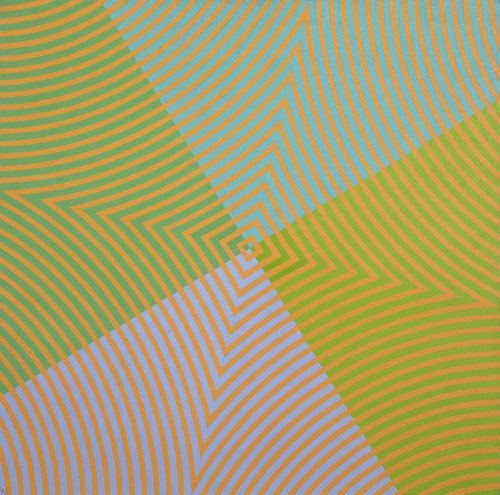
Edna Andrade (1917-2008) was an American artist known for her Op Art paintings that featured intricate geometric patterns and bright, contrasting colors. She was born in Philadelphia and studied at the Pennsylvania Academy of Fine Arts and the University of Pennsylvania.
Andrade’s early works were influenced by Abstract Expressionism, but in the 1960s, she began to experiment with Op Art, creating works that featured complex arrangements of overlapping shapes and lines that created the illusion of depth and movement.
Some of Andrade’s most famous works include “Triad” (1965), which features a circular pattern of overlapping triangles that appear to vibrate and pulsate, and “Kinesis” (1966), which features a complex arrangement of lines and shapes that create the illusion of movement and transformation.
Andrade’s works have been exhibited in major museums around the world, and she is considered one of the leading figures of the Op Art movement. She continued to work and experiment with new techniques and styles until her death in 2008 at the age of 90.
9. Ludwig Wilding
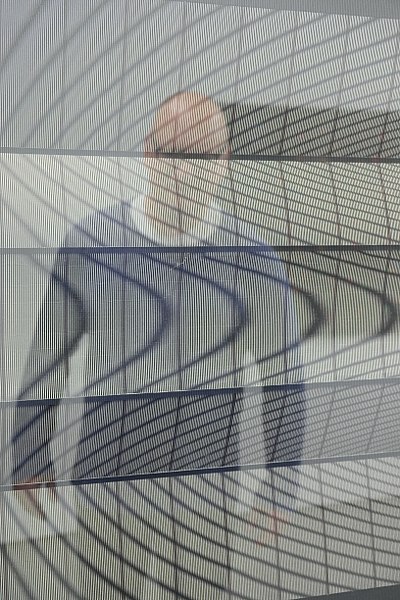
Ludwig Wilding (1927-2010) was a German artist known for his Op Art paintings that featured bold, contrasting colors and intricate geometric patterns. He was born in Frankfurt, Germany, and studied at the Academy of Fine Arts in Karlsruhe.
Wilding’s works often featured symmetrical arrangements of shapes and lines, creating the illusion of movement and depth. He was particularly interested in the use of color, and his works often incorporated bright, saturated hues that appeared to vibrate and pulsate.
Some of Wilding’s most famous works include “Kleines Projektionsobjekt” (1968), which is a small, motorized sculpture that creates a moving pattern of light and shadow, and “Energiekristall” (1965), which features a complex arrangement of overlapping circles and triangles that create the illusion of a three-dimensional object.
Wilding’s works have been exhibited in major museums and galleries around the world, and he is considered one of the leading figures of the Op Art movement. He continued to work and experiment with new techniques and styles until his death in 2010 at the age of 82.
10. Gerhard von Graevenitz
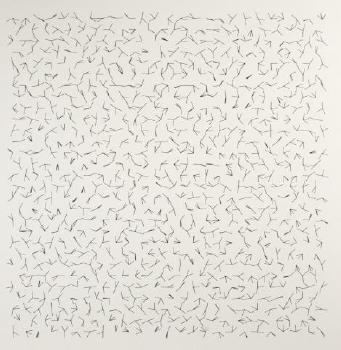
Gerhard von Graevenitz (1934-1983) was a German artist known for his work in the fields of Op Art, Kinetic Art, and Concrete Art. He was born in Hamburg, Germany, and studied at the Hochschule für Bildende Künste in Berlin.
Von Graevenitz’s works often featured geometric shapes and patterns arranged in complex arrangements, creating the illusion of movement and transformation. He was particularly interested in the use of light and color, and his works often incorporated digital and mechanical elements.
Some of von Graevenitz’s most famous works include his “Chromophonic Sculptures,” which were large-scale installations that featured moving shapes and patterns projected onto walls and other surfaces, and his “Perspectographs,” which were flat, two-dimensional works that created the illusion of three-dimensionality.
Von Graevenitz’s works have been exhibited in major museums and galleries around the world, and he is considered one of the leading figures of the Op Art, Kinetic Art, and Concrete Art movements. He continued to work and experiment with new techniques and styles until his death in 1983 at the age of 49.

